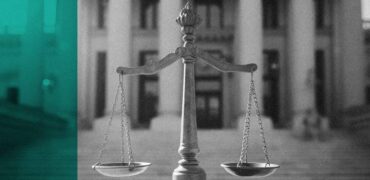The law evolves and the technological challenges are equally challenging for the law. The New Jersey Supreme Court recently concluded on an interesting dispute: is there a warrant required before the authorities ask a wireless service provider the Cell-Site Location Information of a mobile phone?
In fact, any mobile phone emits radiowaves to a cell sites network or radio stations owned by mobile phone service providers. Each phone connects to nearby network points every other 7 seconds, practically forming a location log of the mobile phone. The services providers can use this information to determine the user’s location with accuracy even at a certain floor or a certain room of a building.
In legal affair State vs. Earls, Mr. Thomas Earls claimed the violation of a legal text from the State of New Jersey’s Constitution, corresponding to Amendment IV of the United States’ Constitution, as follows: “Amendment IV. The right of the people to be secure in their persons, houses, papers, and effects, against unreasonable searches and seizures, shall not be violated, and no warrants shall issue, but upon probable cause, supported by oath or affirmation, and particularly describing the place to be searched, and the persons or things to be seized.” The dispute came up in the context in which, during a criminal procedure, the police requested and was granted, without any judicial authorisation for Mr. Earls’ phone, by the T-Mobile company, the necessary data in order to locate Mr. Earls in a motel room and arrest him.
New Jersey Supreme Court, unlike the lower-level courts, concluded that the authorities need a judicial authorisation for intercepting the phone before asking the wireless services supplier the necessary information to locate the mobile phone user. Two of the court’s observations are certainly interesting:
People have legitimate expectations of respecting their private life regarding cell-site location information, as they do not suspect that the authorities will use their phones as precise and possibly continuous tracking devices.
These expectations must be recognised by society as reasonable due to the fact that the cell-site location information may offer an intimate picture of a person’s day to day life, disclosing not only the places people go to, by also the people or the groups they meet and when they do it.
A more detailed discussion on the matter, referring the American case law and doctrine, is provided by the Harvard Law Review in the article dedicated to legal affair State vs. Earls.













